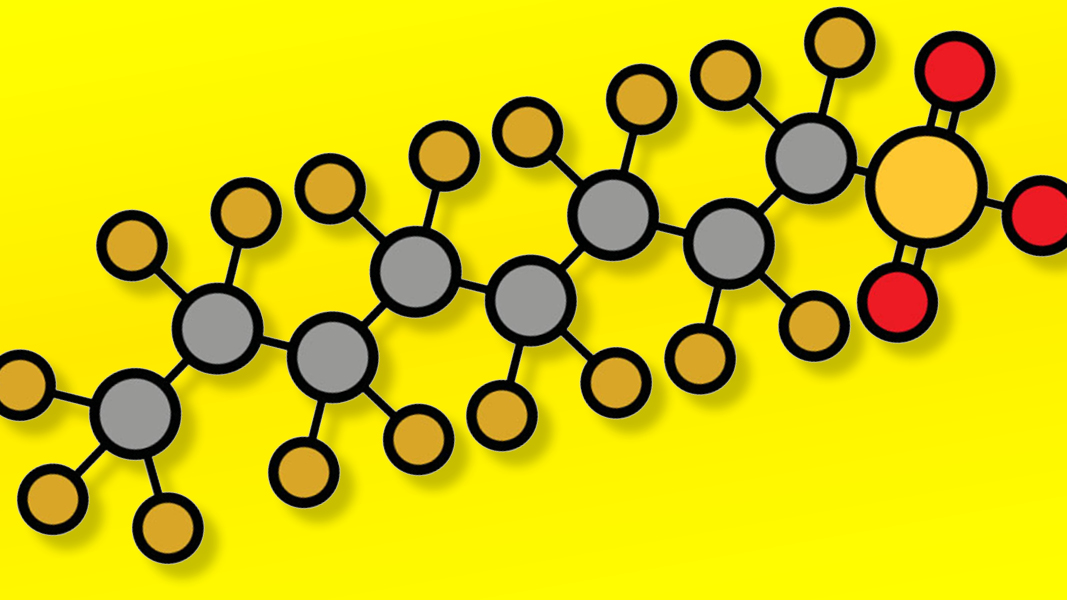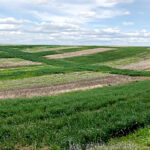The Washington state Departments of Ecology and Health collaborate to develop chemical action plans (CAPs) that assess the environmental and health impacts of a chemical or class of chemicals, and recommend strategies to reduce or eliminate those impacts. In October 2020, the Department of Ecology (Ecology) released a Draft CAP, prepared with the Department of Health, that recommended actions to address a broad range of Per- and polyfluoroalkyl substances (PFAS) — synthetic chemicals used in firefighting foam and many consumer products, including food wrappers, fabrics, and carpets. Among the actions in the draft CAP are to provide technical support for PFAS site characterization, source investigation, and mitigation when PFAS are discovered in soil and water above levels of health concern; establish PFAS cleanup levels for soil and groundwater; work to prevent PFAS releases from firefighting foam use and manufacturing; understand and manage PFAS in waste; and reduce PFAS exposure from carpet and rugs, stain and water resistance treatments, and leather and textile furnishings.
The public comment period closed on January 22, and Ecology expects to finalize the CAP this year. BioCycle is reporting on the CAP because the draft can help inform federal and state initiatives to address PFAS regulations and requirements being considered. For example, one of the chapters in the CAP covers biosolids. Northwest Biosolids (NW Biosolids), the regional biosolids association representing the Pacific Northwest, explains that the biosolids chapter focuses on the importance of regulations based on science and provides an overview of how this has been done both nationally and statewide for biosolids regulations.
“Specific to PFAS, the chapter discusses the importance of understanding first how to measure chemicals before issuing limits; utilizing real land application rates vs. simulated or spiked application rates; focusing on concentrated sources in the state such as firefighting foam and industrial manufacturing; biosolids being a conveyor and receptacle vs. a source; and to address exposure routes of PFAS via ambient home exposure,” explains NW Biosolids. (On this last point, the draft notes “Proposing actions to reduce legacy PFAS-containing carpet and carpet care products remaining in homes, especially in low-income households, where items may be retained past the typical product lifespan.”)
In the public comments it submitted in late December, NW Biosolids commended Ecology “on the thorough and practical Chemical Action Plan created to address PFAS chemicals. Ecology’s reliance on science and commitment to a measured process that employs appropriate analytical techniques, fate and transport models and risk assessment will move Washington toward reasonable and practical management of these troublesome chemicals. We believe Ecology’s product stewardship approach is the most efficient and effective management strategy in addressing these persistent chemicals.”










